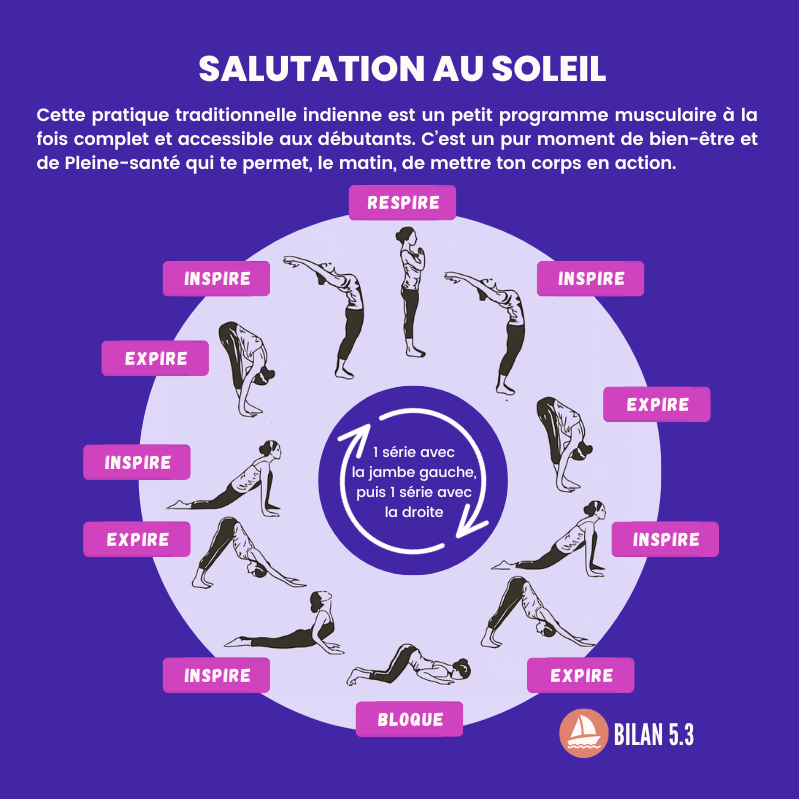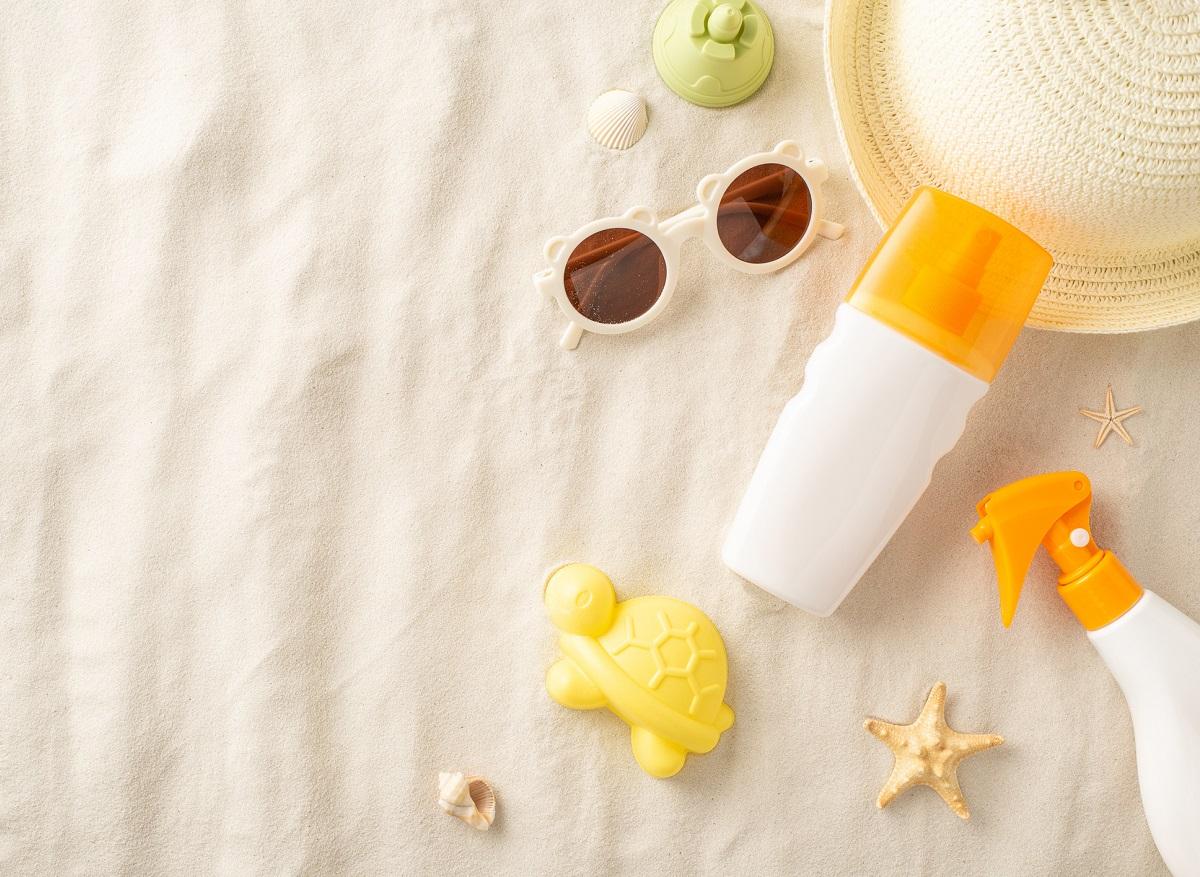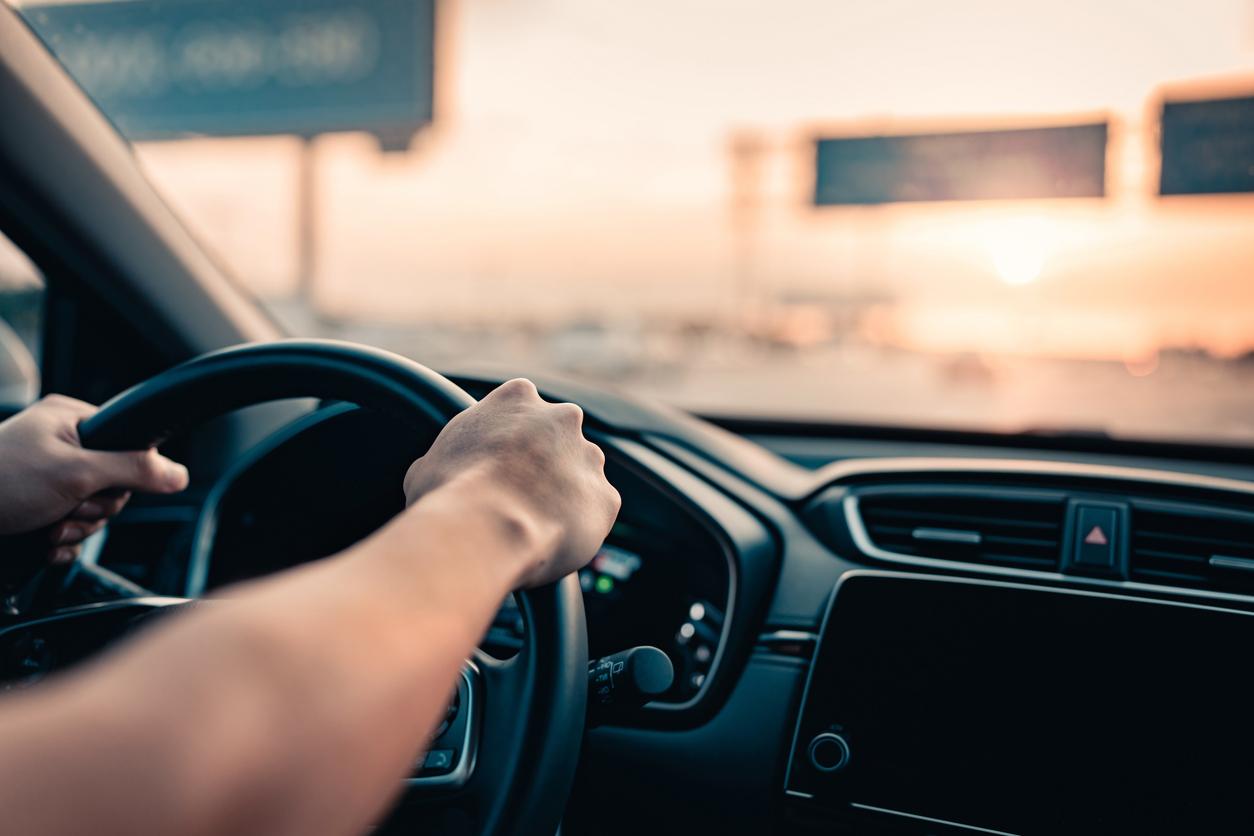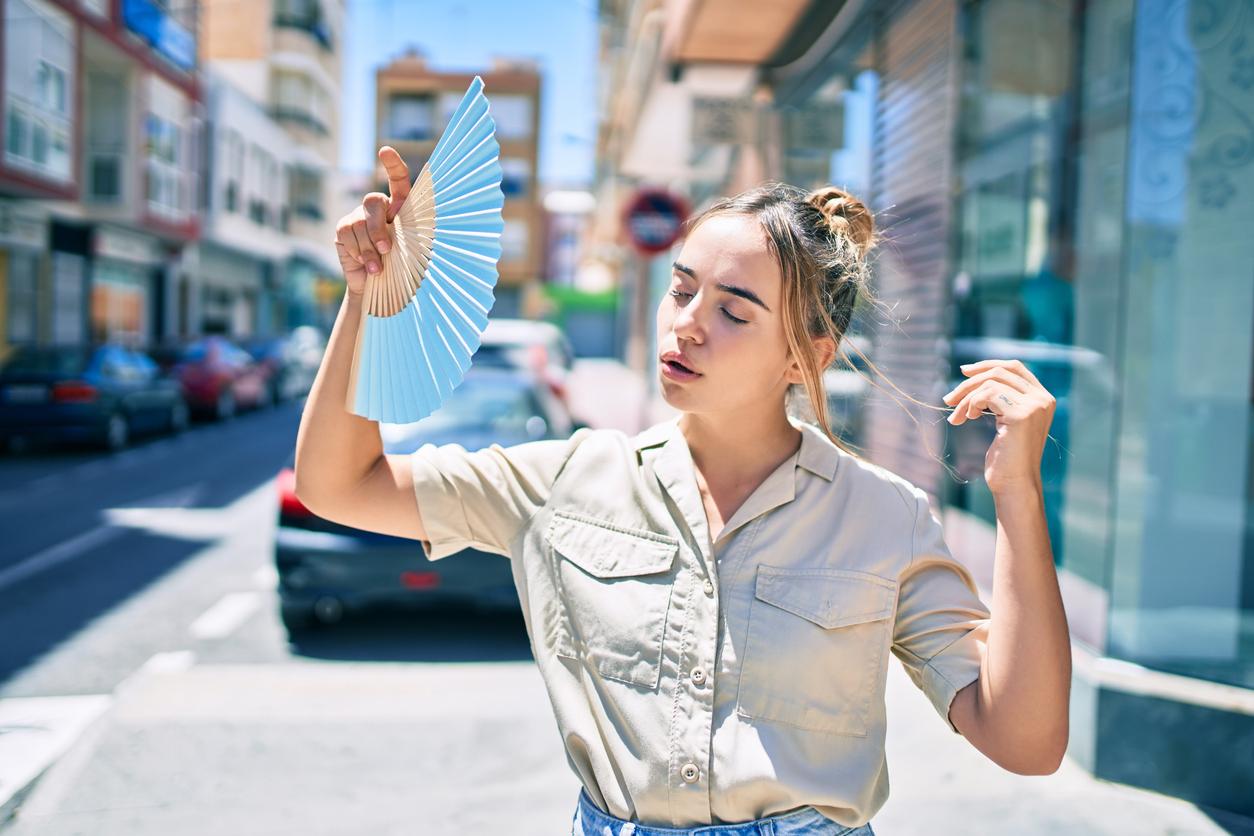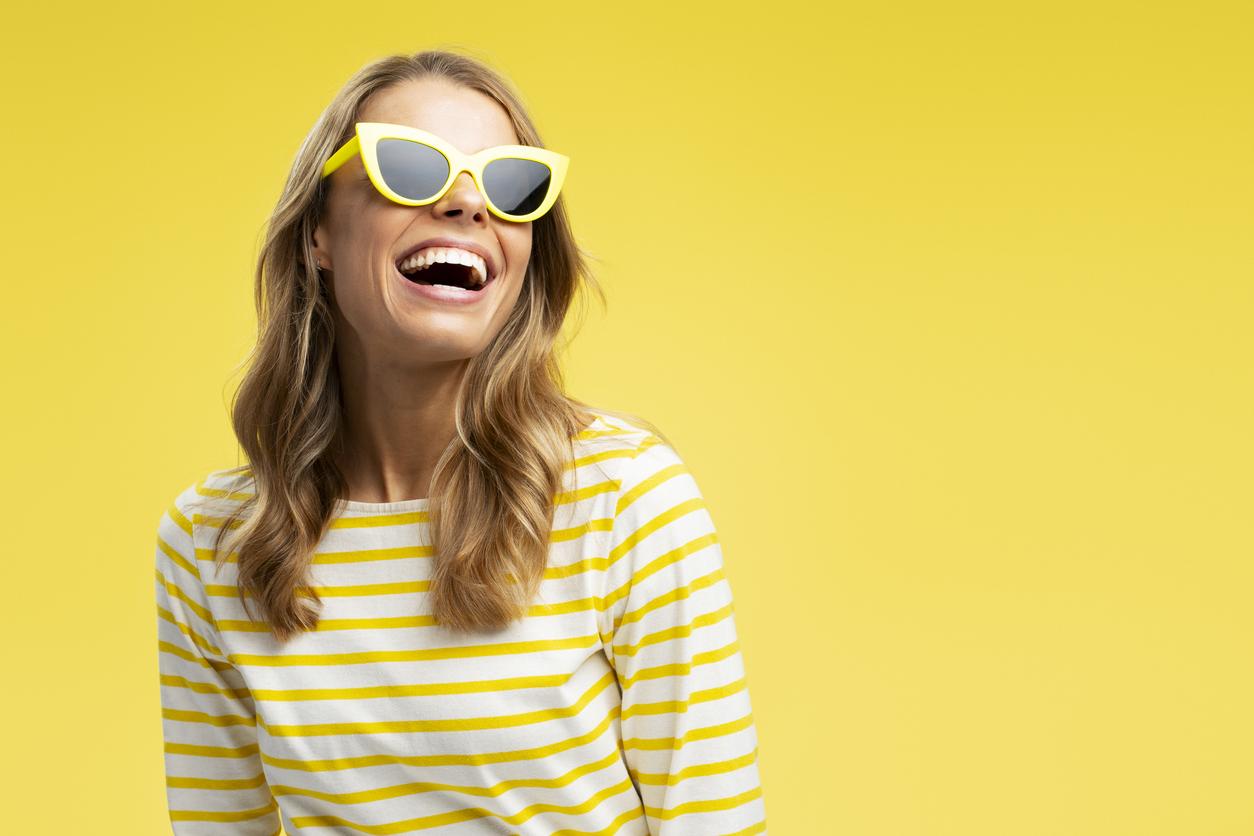
Keep driving safe when the sun is low
Driving when the sun is low is no fun, because the glare can blind you. Fortunately, there are ways to get on the road safely. Five tips to protect yourself against glare.
Almost every motorist knows it: a sun that is so low that driving becomes a major challenge. Driving with a low sun is more tiring for your eyes and your brain and also a lot more dangerous due to the blinding effect. And that’s not only the case in summer, because in winter, autumn and spring – when the sun is very low early in the day – your view can be obstructed. Before you know it you are blinded and park your car in the guardrail. And that happens more often than you think, because the low sun causes no less than 20 percent more accidents during rush hour, or 500 extra collisions; with a peak in winter. Some other numbers:
Free sunglasses? Check!
Buy a pair of glasses now at Pearle, get a pair of prescription sunglasses for free and give the third pair of glasses as a gift to a friend or family member. This way you have good glasses and (polarized) sunglasses at an extra cost. Also multifocal.
- 9 out of 10 motorists sometimes or very often suffer from low sun
- 85 percent of motorists are sometimes or very often surprised by bright sun
- 82 percent of motorists are sometimes or very often blinded by the sun
- 20 percent of motorists have ended up in a dangerous traffic situation because they did not wear sunglasses
- 35 percent of motorists do not have sunglasses in their car as standard
- 22 percent of sunglasses wearers do not know that properly adjusted sunglasses can prevent dangerous traffic situations
Source: research by Safe Traffic Netherlands and Pearle, 2017.
Staying at home in bright sun is usually not an option. So: how can you safely hit the road when the sun is low? Five tips from Safe Traffic in the Netherlands.
1. Put on polarizing sunglasses
One of the most important items for safe driving when the sun is low is polarized sunglasses. Make sure you have one in the car as standard, because many people accidentally leave their sunglasses at home when they get into the car. Polarized sunglasses are ideal for driving: they reduce annoying glare, improve contrast and color perception and therefore give a more comfortable and better vision. Polarized glasses contain a special filter that only lets the vertical light waves through. This removes the glare, which makes driving in bright sunlight a lot easier and more pleasant for your eyes. And not unimportant: better visibility makes it a lot safer in traffic. Polarizing sunglasses are available in all price ranges these days – prescription and non-prescription – and once you’ve tried one, you won’t want anything else. Try it out: most opticians have special photos that show the effect of such a filter very clearly when you put on polarized glasses. Want to know if your favorite sunglasses have polarized lenses? You can check it like this: hold the sunglasses in front of a large surface where light shines on. Then turn the sunglasses at a 90-degree angle to the light and see if the light glare increases or decreases. If so, then you’ve got your hands on polarized sunglasses.
The ideal sunglasses for the car:
- Has polarizing glasses.
- Not too dark.
- Fits well to your head.
- Sunglasses with large lenses and a thin frame give a wider field of view than small lenses in a thick frame.
- Photochromic lenses change based on light intensity and are less suitable for use in the car. This is because the glasses do not immediately change color when necessary. For example when you enter a tunnel. In addition, newer cars have UV-blocking film on the windshield. Photochromic lenses do not work here.
- UV light also penetrates the glass of your car. The windshields of newer cars protect against UV radiation, but the side windows do not. It is therefore wise to protect your eyes with sunglasses with a good UV filter.
2. Always turn on your lights
Always turn on your lighting, even in bright sunlight. If you turn on your lights when the sun is low, your fellow road users will benefit. They will see you better, which prevents many accidents.
3. Wash your car windows
The combination of sun and dirty car windows can blind you completely. Therefore, make sure that your windows are always as clean as possible. Clean both the inside and outside. You can use plain water and soapy water for this, but don’t forget to dry the windows with a clean cloth. And top up your windshield wiper fluid regularly, so that you can clean your windows again, if necessary, while driving. Also check the wipers themselves: they must be in good condition. Outdated wipers streak your windows, obscuring your view.
4. Adjust speed and driving style
The fact that you can see less because of the sun also means that other road users can see less. Be aware of this. Therefore, adjust your speed and driving style. Drive calmly and predictably, do not make unexpected movements and always indicate well in time. In this way, both you and the other road users can react in good time.
5. Use your sun visors
Those sun visors in the car are there for a reason; they are extremely useful for protecting yourself from the low sun. In some cases you can extend them, making them just a bit more effective, but most cars don’t come with them, so you’ll have to buy an extension yourself. Keep in mind that you still have to be able to look ahead. A sun visor on the side window can also be helpful.










